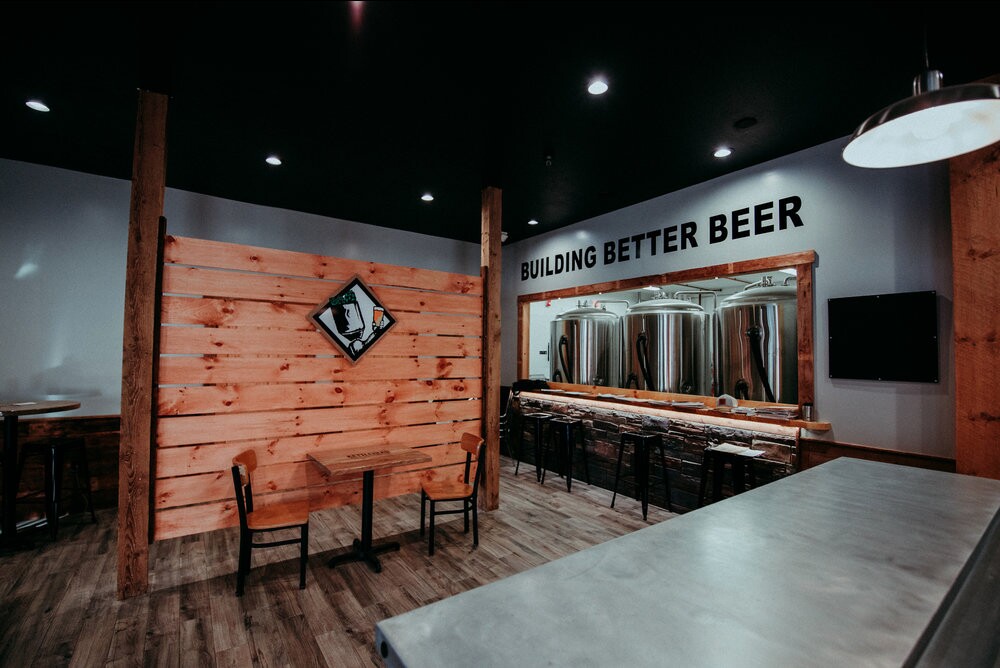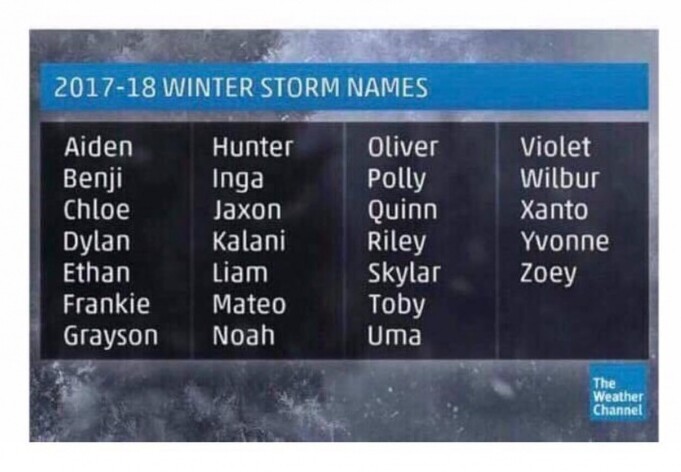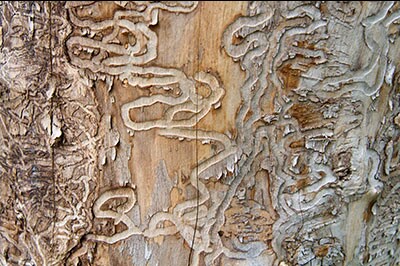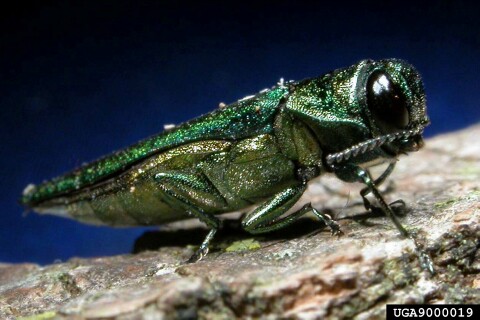A Special Place in Tilton
Kettlehead Brewing Company

Kettlehead Brewing is a small craft brewery focused on “building
better beer.”
Kettlehead brews are served in our taproom. You
can also take cans of Kettlehead home with you.
The kitchen
offers a small and delicious menu of locally sourced foods.
407 West Main Street
603.286.8100
https://kettleheadbrewing.com/
Winter Bird Myths* from
Birds and Blooms
1. Birds will freeze to death at below
zero temps
Birds store fat during the day; they fluff
their feathers and slow their metabolism at night to conserve
energy.
They look for good places to roost, so they are
well-equipped to survive cold temperatures.
2.
American robins always fly south for the winter
If there
is enough food at their breeding grounds, robins, bluebirds, and
owls will over winter at their breeding
grounds. They will eat
insects in tree bark rather than foraging on the ground.
3. You
should take birdhouses down for the winter because birds don't use
them
Actually, birds will use bird houses as roosting
areas on cold nights.
4.
If you go on vacation during the winter,
birds relying on your feeders will die
Scientists have
found that birds get 75%
of their food from the wild, and only 25% from feeders.
Also, they are resourceful and can fly to a neighbor's feeder.
5. Peanut butter will get stuck
in the throats of birds so it is not good for them
Peanut butter is very nourishing for birds, especially in
the winter when they need the fat content.
Generator Safety
After the recent rain
storm where many NH residents lost power, it may be
time to
revisit safety rules for using a generator for future storms.
1. Operate on a dry surface outside your house or garage to avoid
carbon monoxide (CO) fumes poisoning
2. Store fuel in
an approved safety can
3. NEVER plug the generator into a wall outlet because it puts utility workers, neighbors, and you at risk of electrocution when power is restored
4. Install a CO alarm on every level of your home, particularly
outside sleeping areas
5. Be sure to turn the generator off
and let it cool before refueling
6. Be sure to use heavy-duty, outdoor-rated extension cords with a
ground pin and free of tears for plugging into
the generator


 Emerald Ash Borer (EAB)
Emerald Ash Borer (EAB)

Agrilus
planipennis
Fairmaire is an exotic beetle that was discovered in
southeastern Michigan near Detroit in the summer of
2002.
The adult beetles nibble on ash foliage but
cause little damage. The larvae (the immature stage)
feed on the inner bark of ash trees, disrupting the
tree's ability to transport water and nutrients. Emerald
ash borer probably arrived in the United States on solid
wood packing material carried in cargo ships or
airplanes originating in its native Asia. As of August
2017, it is now found in 31 states, and the Canadian
provinces of Ontario and Quebec.
Since its
discovery, EAB has:
- Killed hundreds of millions of ash trees in North America.
- Caused regulatory agencies and the USDA to enforce quarantines and fines to prevent potentially infested ash trees, logs or hardwood firewood from moving out of areas where EAB occurs.
- Cost municipalities, property owners, nursery operators and forest products industries hundreds of millions of dollars.
Because EAB has been found in trees in Belknap County, no harvested wood can be sold outside the county in an effort to prevent any further spread of the insect. Detection is difficult and you should look at the tree and not at the bright green insect. The first sign is a thinning of the leaves at the top of the tree. Another sign would be sucker shoots sticking up from the base of the tree. The larvae eat the layer under the bark, leaving S- or D-shaped trails and blonding.